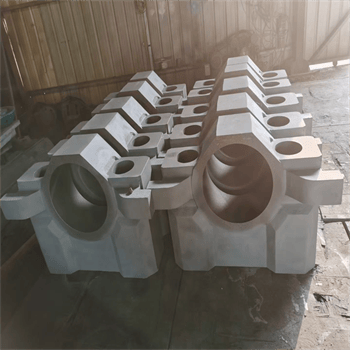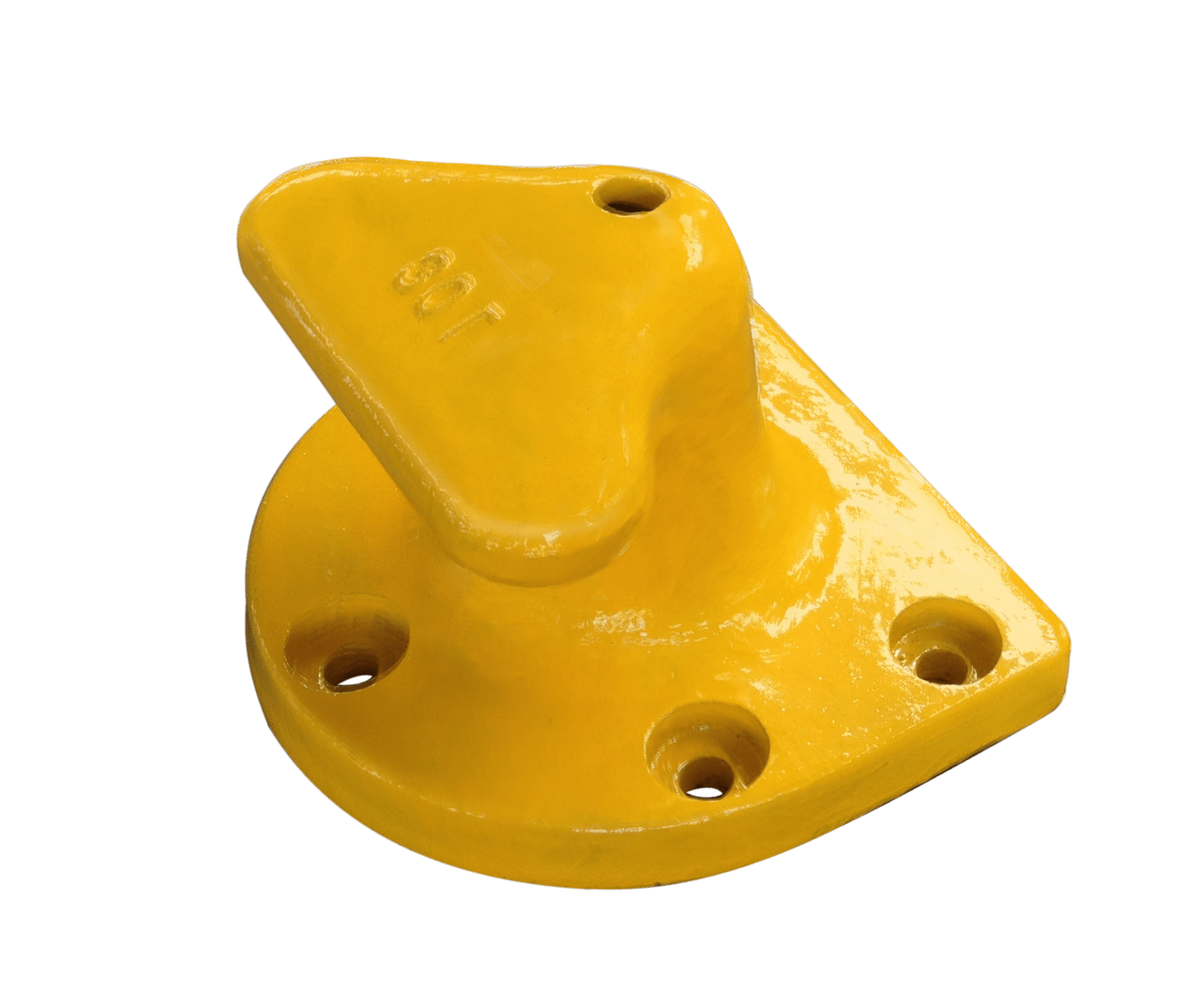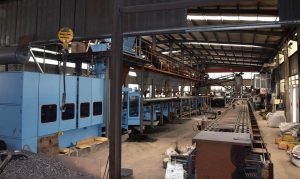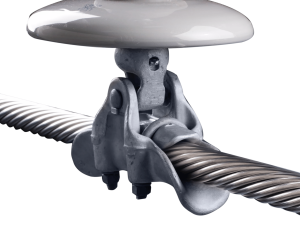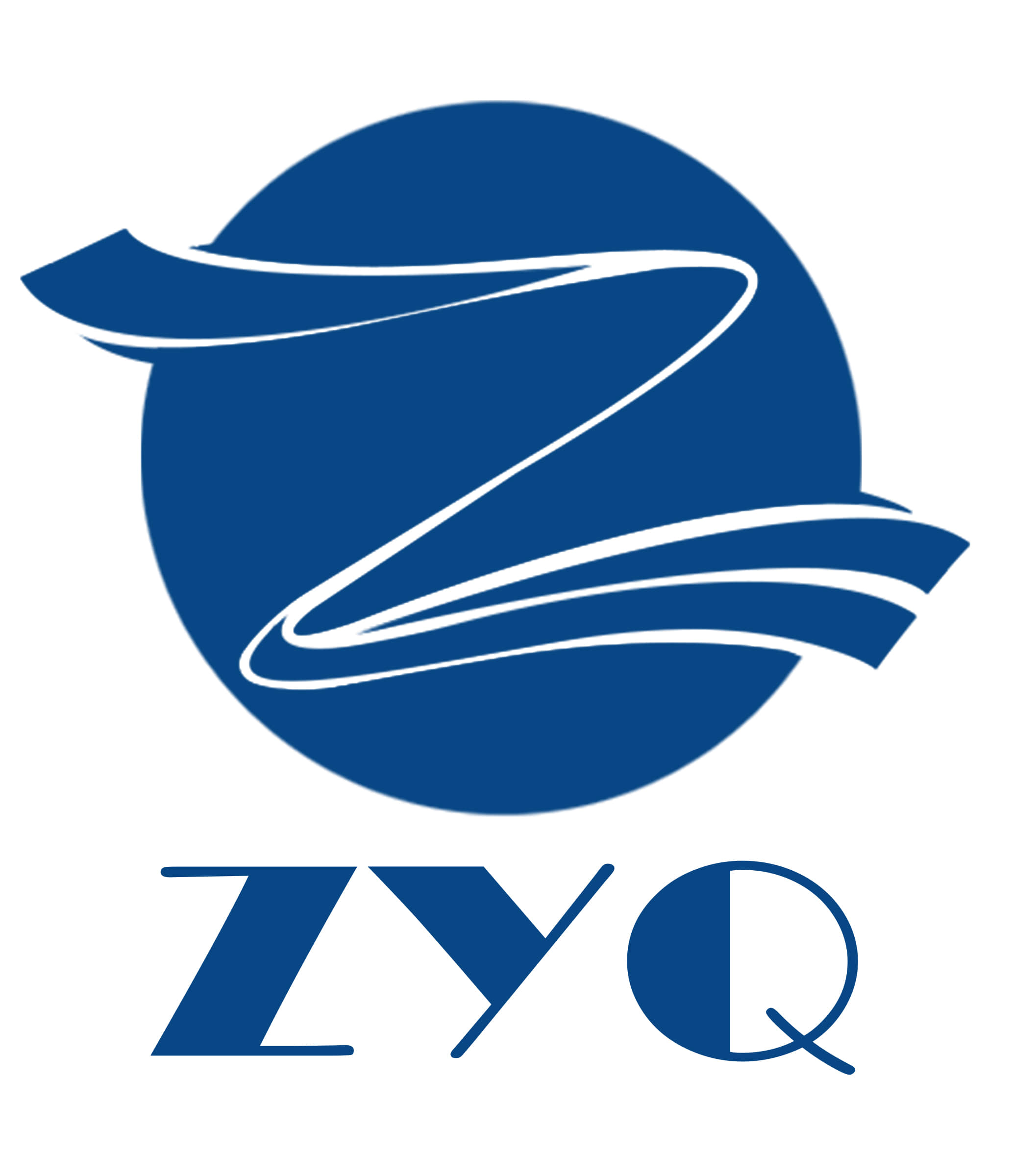China’s lost foam casting technology started later than Europe and America, but has developed rapidly in recent years.
In China, lost foam casting technology is mainly used to produce wear-resistant parts, gray iron parts, cast steel parts, aluminum alloys and other products. The types of castings range from simple wear-resistant parts and gray iron parts to engineering machinery parts, automotive parts, pipe pump and valve products that require pressure testing, complex cylinder bodies, cylinder heads, water-cooled series products, and ductile iron, low-carbon steel, aluminum alloys and other products with high requirements for casting materials, There has been significant development in production process technology and product quality, mainly reflected in the specialization of raw and auxiliary materials, the matching of equipment and molds, and the systematization of process technology and on-site management.
Lost foam steel casting parts are an essential component in the manufacturing industry.
Lost foam casting is suitable for producing various sizes of precision castings with complex structures, with unlimited alloy types and production batches.
The process of lost foam molding includes pre foaming, foam forming, coating immersion, drying, molding, pouring, sand drop, cleaning, and other processes. After compaction, the steel liquid is poured, and the foam gasification mold disappears. The metal liquid replaces its position. After the casting condenses, the vacuum is released and the box is flipped, and the casting is taken out for the next cycle.
Advantages of Lost Foam Steel Casting Parts
1. Complex shapes: Lost foam steel casting parts can be used to produce complex shapes that are difficult or impossible to achieve with other casting methods.
2. High accuracy: The lost foam casting process produces parts with high dimensional accuracy and excellent surface finish.
3. Cost-effective: Lost foam steel casting parts are cost-effective compared to other casting methods, especially for small to medium-sized production runs.
4. Reduced machining: The high accuracy of lost foam steel casting parts reduces the need for machining, resulting in lower costs and faster production times.
Disadvantages of Lost Foam Steel Casting Parts
1. Limited size: Lost foam steel casting parts are limited in size due to the size of the foam patterns used in the process.
2. Limited materials: The lost foam casting process is limited to certain materials, such as steel, aluminum, and copper alloys.
3. Environmental concerns: The lost foam casting process produces a significant amount of waste, which can be harmful to the environment if not properly disposed of.
Applications of Lost Foam Steel Casting Parts
1. Automotive industry: Lost foam steel casting parts are widely used in the automotive industry for engine blocks, cylinder heads, and other components.
2. Aerospace industry: Lost foam steel casting parts are used in the aerospace industry for turbine blades, engine components, and other critical parts.
3. Construction industry: Lost foam steel casting parts are used in the construction industry for structural components, such as beams and columns.
4. Industrial machinery: Lost foam steel casting parts are used in industrial machinery for gears, pumps, and other components.
5. Medical equipment: Lost foam steel casting parts are used in medical equipment for surgical instruments and other components.
Lost foam steel casting parts are an essential component in the manufacturing industry. They offer several advantages, including the ability to produce complex shapes with high accuracy and at a lower cost than other casting methods. However, there are also some disadvantages to consider, such as limited size and materials.
Lost foam casting can produce almost all cast iron, cast steel, and non ferrous alloys (i.e. non-ferrous alloys such as aluminum alloys, magnesium alloys, copper alloys, etc.).
In China, the vast majority of lost foam castings are cast iron and steel castings, with very few aluminum alloy castings, while aluminum alloy castings are mainly used in industrialized countries such as the United States, Germany, Japan, and South Korea.


